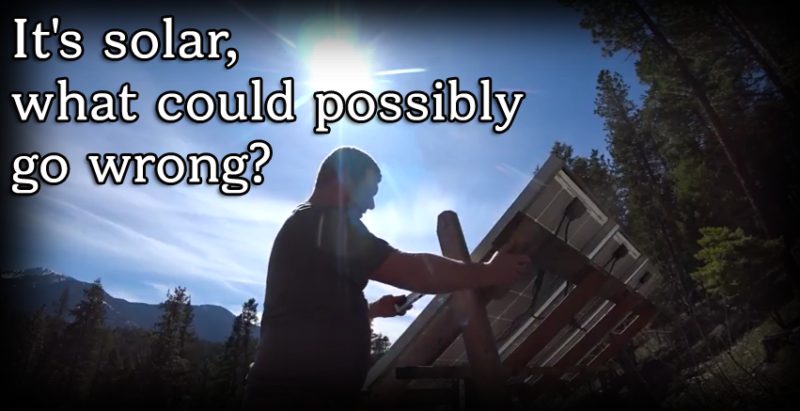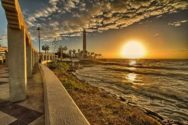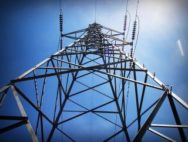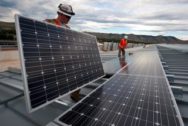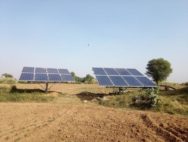
Gridless in Gaza
The tragic war in Gaza has left hundreds of thousands off the grid – with no water or power and very little food.
Off-grid has obtained exclusive footage from the streets of Southern Gaza – available to watch on our youtube channel – offgridnet .
It is quite dangerous to gather this footage and our thanks go to our long-standing cameraman in the region. We are not naming him for security purposes.
After they queue for hours at aid stations for tiny amounts of sustenance, and to recharge their phones – Gaza residents then return to bombed-out shelters to cook morsels of bread on campfires and go to the toilet in whatever unused corners they can find.
They search the trash for materials for their fires to cook by. Off-Grid.net is trying to send solar panels and batteries to Gaza but there are many obstacles.
The Israeli army prevents batteries and solar panels from getting through, claiming the equipment has a military purpose. But this claim ignores the humanitarian emergency unfolding, and makes Israel’s IDF look as though they are deliberately imposing siege conditions on the Gaza population.
Hospitals are another place where Gazans can charge their phones and pick up water.
Please contact us if you want to help us provide off-grid aid to Gaza – contact
Please contact us with footage from off-grid zones, anywhere in the world.
Auto Amazon Links: No products found.




